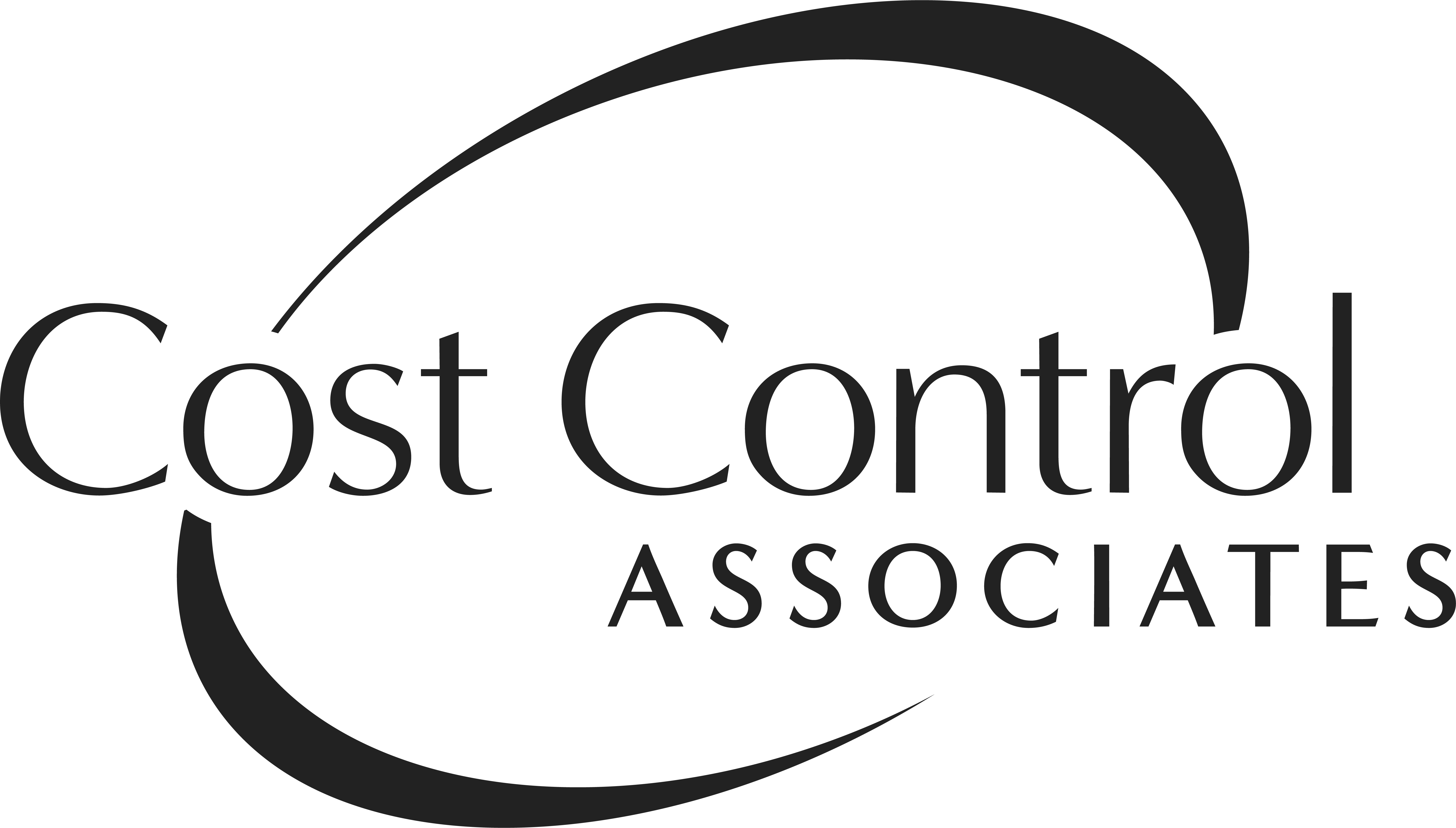When the year has 366 days, businesses and organizations have one more day to squeeze into their utility budgets. That’s an extra day of electricity, heating or cooling energy, and trash to be hauled away. You will pay more to hourly employees in a Leap Year, but you’ll get a free day of work from your salaried employees. Leap Day adds another day of purchasing power that translates to more buying and more business opportunity.
No matter how it affects your business, most will agree that a day that arrives only once every four years is intriguing. Consider these 10 facts you may not know about Leap Day.
1. It takes the earth 365.242188931 days to revolve around the sun. Every four years we make up for that extra near-quarter of a day by adding February 29 to the calendar. Leap years are always evenly divisible by 4. However, since it doesn’t take quite 365.25 days to circle the sun, sometimes it is necessary to make an additional calendar correction. Therefore, when we reach a century mark such as 2000, the year must be divisible by 100 but not divisible by 400 in order to be a leap year. The year 2000 was a leap year, but the years 1700, 1800 and 1900 were not.
2. The extra day is worth an additional 1/365th of the U.S. gross domestic product (GDP) or about $60 million.

3. If we did not observe Leap Day and stuck with 365 days in every calendar year, the calendar year would start to look quite different. By the end of each century, the calendar would be off by almost a month. Our seasons and holidays would no longer coincide with the months we expect them.
4. Around 45 BC Julius Caesar modified the Egyptian solar calendar to create what we call the Julian Calendar. The Julian Calendar added a day every four years but did nothing to alleviate the 11-minute discrepancy that added up over time. In 1582 AD Pope Gregory XIII modified the Julian calendar to solve the problem of Easter having drifted too far from its traditional assignment (the first Sunday after the first full moon following the vernal equinox). The Pope called it a “Leap Year, and the Gregorian calendar has been in use ever since.
5. The Leap Year solution is not perfect and will need adjustments as time marches on. There are so many factors to consider such as the changing length of each day, the exact timing of earth’s rotation on its axis and revolution around the sun, tidal forces and more.
6. People born on February 29 are referred to as leaplings, leapers or leapsters. There are about 5 million leaplings in the world. The chances of being born on Leap Day are 1 in 1,461. If you know any Leapsters, don’t forget to wish them “Happy Birthday!” on Saturday.
7. In the U.S., a leap year always coincides with the presidential election.
8. In some parts of the world, Leap Day is also known as Bachelors’ Day when women can turn the tables and propose to men. (If this reminds you of Sadie Hawkins Day, that unrelated holiday is always November 13.)
9. In many European countries, if a woman proposed on Leap Day and the man refused her, he had to give her a gift as compensation. In the Middle Ages, there were laws around the tradition of presenting this gift. The traditional gift of gloves would hide her un-ringed hand, though a silk gown or fur coat were also acceptable.
10. More recently February 29 is called Leap of Kindness Day. The practice originated in Saratoga County, New York (not far from Cost Control Associates headquarters). Today as many as 50 Chambers of Commerce in 30 states organize Leap of Kindness events. Their goal is to take advantage of this extra day to do something kind for someone else. Suggestions include an online donation to your favorite charity, an extra big tip for your restaurant server, a note of gratitude to your child’s teacher, or participation in a community event. Google “Leap of Kindness events near me” to learn what’s happening in your neighborhood.
Whatever you do to mark the day, make it a good one. You won’t have another opportunity until February 29, 2024.
Lisa Miller is marketing and communications manager for Cost Control Associates. She joined Cost Control Associates in 2015, bringing more than 25 years of experience in marketing and corporate communications to her position. Lisa earned her BA from Skidmore College. Learn more.

